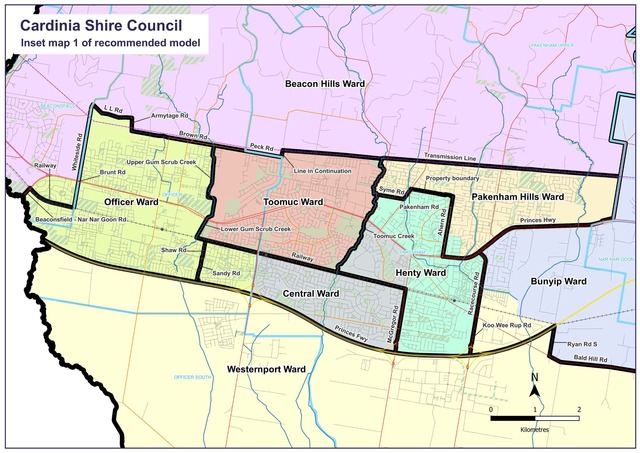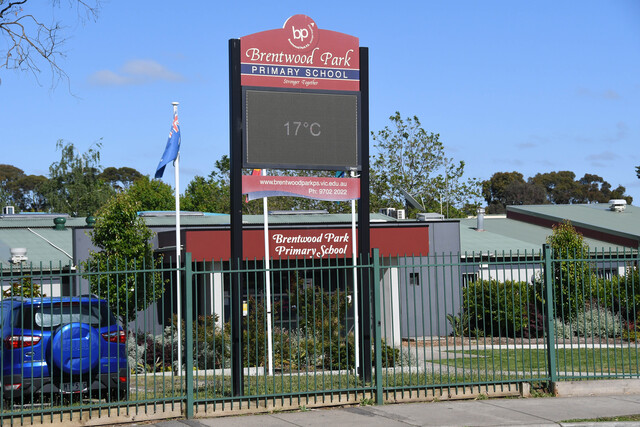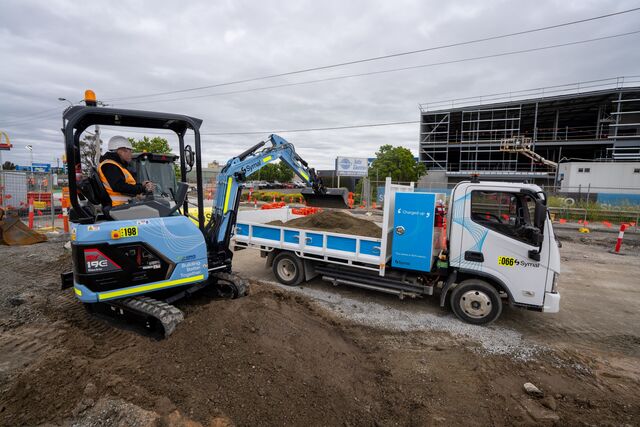The State Government has accepted the Victorian Electoral Commission’s (VEC) ward boundary review for Cardinia Council, ahead of the upcoming elections in October.
In February 2023, the VEC advised the State Government that ten councils were projected to have at least one ward with councillor to voter ratio imbalances at the time of the October 2024 elections, including Cardinia.
The VEC then published a preliminary report in February, recommending changes to the boundaries of the Beacon Hills, Bunyip, Central, Henty, Officer, Pakenham Hills and Westernport wards, seeking to maintain the current ward boundary divisions between urban and rural areas as much as possible.
Under the Local Government Act 2020, the number of voters per councillor in a ward should not vary by more than ten per cent from the average number of voters per councillor for all of the wards.
With an estimated 91,941 voters in Cardinia and an estimated ratio of 10,216 voters per councillor, projections for October showed the voter-to-councillor ratios of Officer Ward was forecast to be over the 10 per cent threshold, while the ratios of Beacon Hills Ward was forecast to fall below the threshold.
The ward boundary adjustments proposed by the preliminary model would affect 5966 voters or 6.5 per cent of all voters within Cardinia.
The major changes included land west of Brunt Road and north of the railway line was transferred from Officer Ward into Beacon Hills Ward and land east of Shaw and Sandy roads was transferred into Central Ward, and in the north-east of Central Ward, land north of the railway line was transferred into Henty Ward and land east of Ahern Road in Henty Ward was transferred into Pakenham Hills Ward.
According to the VEC’s final report, Cardinia was a key example of the challenges of maintaining a single-councillor ward electoral structure in the trend of uneven population growth in a large and diverse local government area, with the report predicting more significant changes would be needed beyond 2028 for the voter distributions to remain within deviation.
“A potential drawback of the recommended model is the disparity in geographic size between the small urban wards and the larger rural wards,” the report said.
“This is unavoidable under the current electoral structure, due to the uneven voter distribution and rates of growth across the council area.
“It is expected that future ward boundary reviews will likely require more significant change to manage voter deviations, and it may become increasingly difficult to maintain the existing division between urban and rural wards.”
For more information on the VEC’s reviews, visit www.localgovernment.vic.gov.au/council-governance/electoral-representation-advisory-panels-eraps







